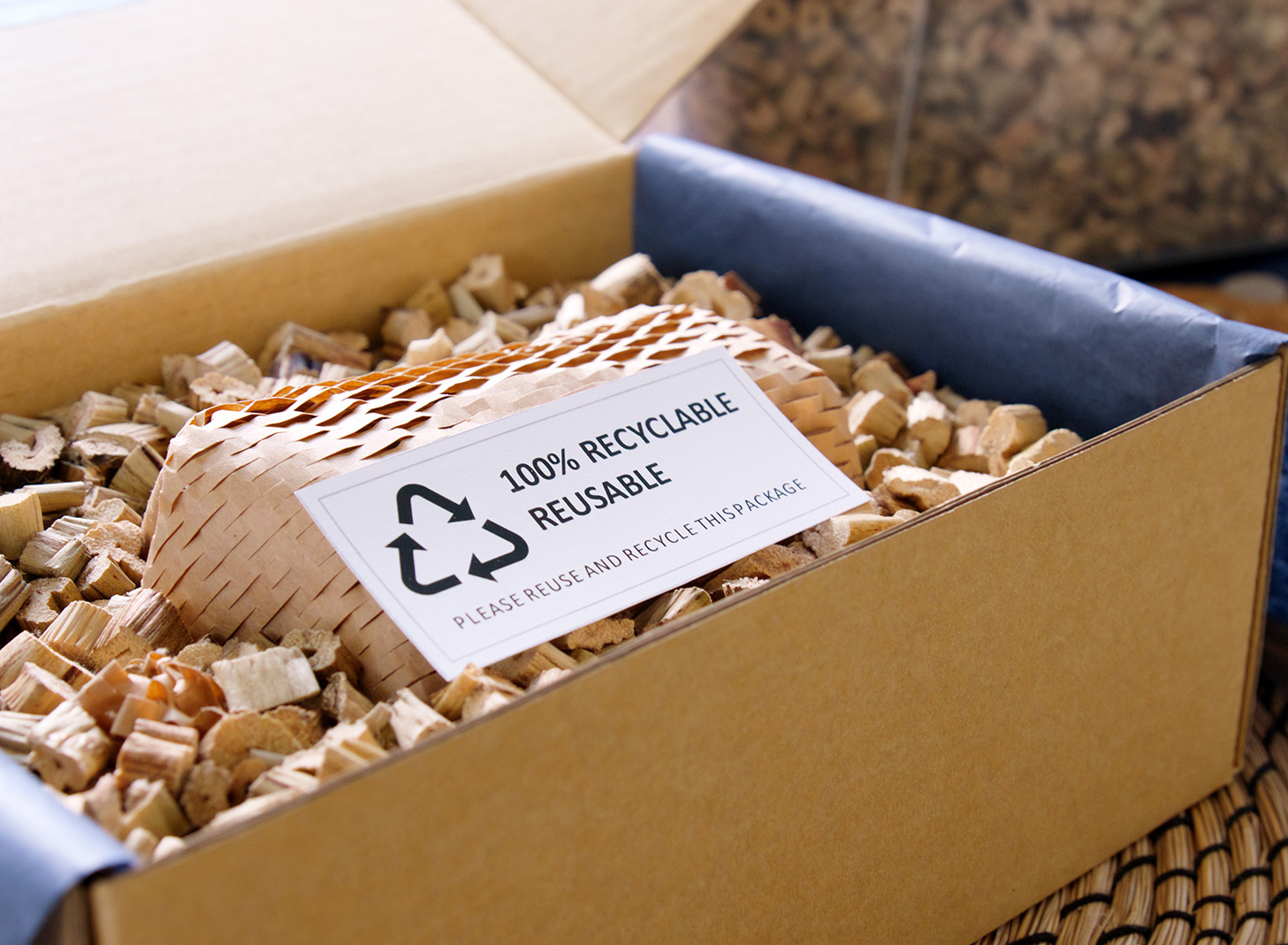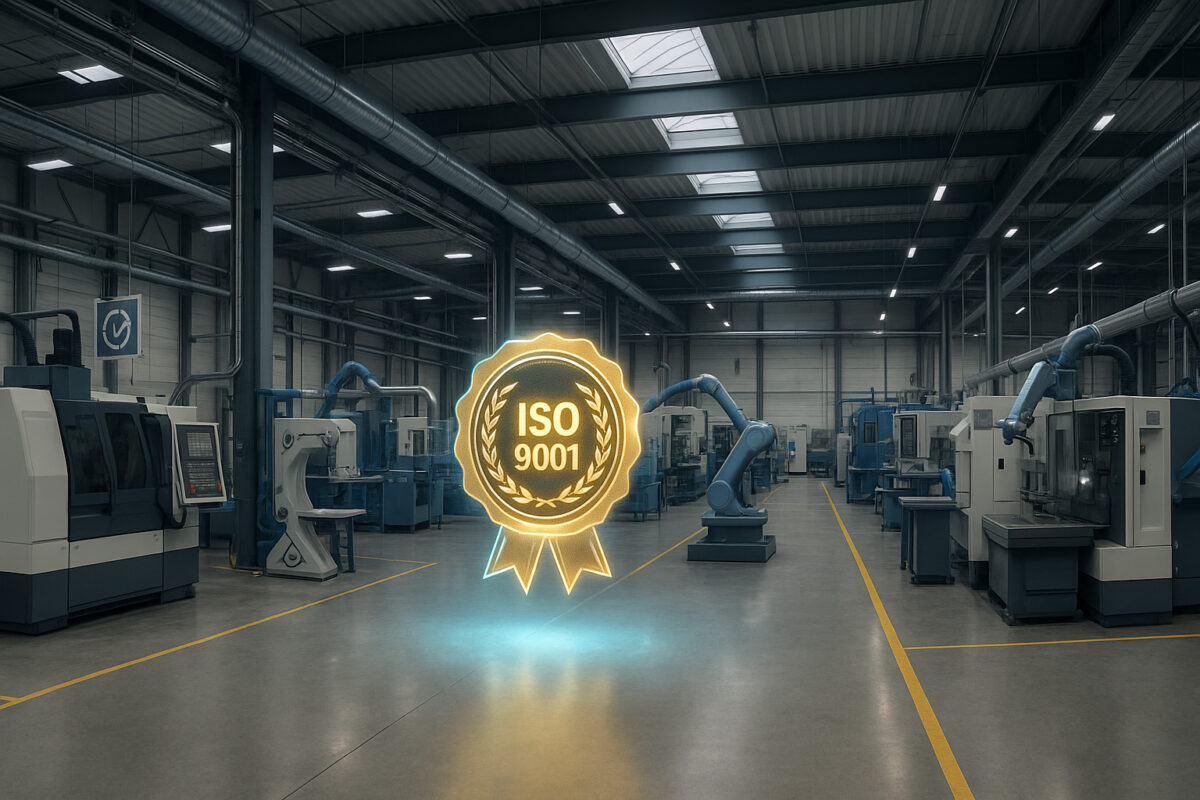
Sustainable Sourcing: What Is It?
Sustainable sourcing is defined as the establishment of a balanced system between adopting best practices and ensuring efficient inventory management.
Sustainable sourcing involves the use of resources based on environmental criteria to minimize the ecological footprint of the supply chain. However, it does not overlook cost reduction through effective supply chain management or customer satisfaction. Companies are therefore encouraged to adopt eco-friendly purchasing processes for the production and sale of their products.
Integrating sustainability into this core process is not limited to purchasing raw materials. It also involves organizing warehouse space for goods and finished products.
What Are the Benefits of Sustainable Sourcing?
Implementing eco-friendly sourcing strategies creates a positive impact on a company’s reputation, financial health, and competitiveness. It positions the business as an ethically responsible actor aware of its social responsibilities. This practice also helps to optimize product quality and control on the market.
Sustainable sourcing ensures compliance with legal obligations and applicable regulations. Moreover, it offers numerous economic benefits:
- Reducing risks related to purchasing products from suppliers by diversifying sourcing options and selecting reliable partners;
- Lowering storage costs: Optimized inventory flow management and just-in-time ordering help reduce storage and overstocking costs;
- Minimizing in-progress waste: Integrating circular economy practices and adjusting supply levels to actual needs;
- Optimizing resources: Through better planning and the use of sustainable materials.
This positive momentum enhances the economic growth of companies that adopt a sustainable sourcing system. On an international level, this approach fosters better collaboration with stakeholders such as sourcing offices, suppliers, and distributors, ultimately leading to improved service for the end customer.
How to Reduce the Environmental Impact of the Supply Chain?
The complexity of supply chains and the environmental risks they pose create sustainability challenges for businesses. To comply with increasingly strict regulations, companies must enhance every link in their supply chain. Green logistics involves optimized management from supplier selection to the delivery of the final product.
Enhancing Compliance and Quality in Procurement Processes
At the core of sustainability challenges, compliance with international standards helps embed eco-friendly practices into employees’ routines. To ensure customer safety and satisfaction, rigorous testing must be conducted. Certifications such as Ecocert, HQE, and the EU Ecolabel guarantee the use of environmentally friendly materials. This requires conducting thorough factory audits.
From a procedural standpoint, sustainable sourcing involves using short supply chains, sustainable raw materials, recyclable packaging, and renewable resources. The goal? To ensure impeccable quality and reliability for every product passing through the logistics chain.
Selecting the Right Suppliers
Companies committed to a sustainable management approach apply a policy of complete transparency in their supply chain. They collaborate with business partners who share the same principles.
One of the best methods to optimize this aspect is conducting supplier audits. Do not hesitate to consult a wholesale management specialist to:
- Evaluate the sustainability of available structures in your segment;
- Identify the best selection criteria;
- Benefit from a network built on trust and performance.
In addition to working with reliable partners, it is advisable to implement a preventive maintenance plan. This measure improves facility performance, reduces equipment failures, and minimizes machine replacement needs.
Automating Supply Chain Management and Monitoring
Sustainable sourcing relies on process optimization. By using automated handling tools, businesses can limit forklift traffic and, in turn, reduce emissions of polluting gases. Automated warehouses, for instance, operate without lighting, further reducing their carbon footprint.
Implementing inventory management software improves production line organization. It optimizes stock levels to prevent overproduction or waste, which contradicts sustainability efforts.
Eco-responsible supply chain monitoring involves measuring the performance of selected suppliers.



